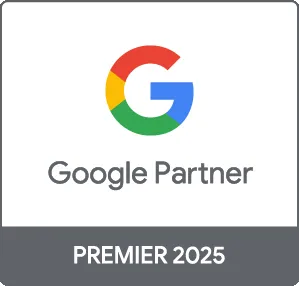Google Ads operates on a pay-per-click (PPC) model, which allows businesses to set a budget and pay only when users click on their ads. Understanding how pricing works in Google Ads is crucial for making informed budgeting decisions and maximizing your return on investment (ROI). In this guide, we’ll delve into the factors influencing PPC prices, the average costs you can expect, and tips for optimizing your ad spend for better results.
What is Pay Per Click Advertising?
Pay Per Click (PPC) advertising is a model where advertisers pay each time a user clicks on their ad. Google Ads, formerly known as Google AdWords, uses a bidding system where advertisers compete for ad placements on search results pages and other platforms within the Google ecosystem.
Factors Influencing Google Ad PPC Pricing
Several factors determine the cost of Google Ads PPC, including:
- Keyword Competitiveness: Highly competitive keywords with strong demand will generally cost more per click.
- Quality Score: Google assigns a Quality Score to your ads based on relevance, click-through rate (CTR), and landing page experience. A higher Quality Score can lead to lower CPC (cost per click).
- Ad Rank: This score is calculated based on your bid amount and Quality Score, determining your ad placement and visibility.
- Targeting Options: Geo-targeting, audience targeting, and device targeting can also impact your CPC, as specific demographics may have varying demand.
Average Cost of Google Ads PPC
The average cost-per-click (CPC) for Google Ads varies widely depending on the industry and competitiveness of the keywords. Here’s a rough breakdown of average CPCs:
- Retail: R10 - R30
- Finance: R30 - R80
- Legal: R40 - R90
- Healthcare: R20 - R50
Keep in mind that these prices can fluctuate based on market trends and competition changes, so it's essential to conduct thorough keyword research to estimate your potential ad costs accurately.
Tips for Optimizing Your Google Ad Spend
To ensure you get the most value out of your PPC budget, consider the following strategies:
- Utilize Long-Tail Keywords: These keywords are often less competitive and can yield higher conversion rates at a lower cost.
- Enhance Ad Copy and Landing Pages: Improving relevance to your audience can increase your Quality Score, leading to lower CPCs.
- Implement Ad Extensions: Utilize ad formats like sitelinks, callouts, and structured snippets to improve visibility and CTR without additional costs.
- Monitor and Adjust Bids: Regularly review your campaigns to identify high-performing ads and adjust bids accordingly to maximize ROI.
Conclusion
Understanding Google Ad pay-per-click pricing is essential for effective budgeting and maximizing your advertising effectiveness. By considering factors such as keyword competitiveness, Quality Score, and applying optimization strategies, you can better manage your PPC costs and achieve a positive return on investment. At Prebo Digital, we offer tailored Google Ads services to help businesses succeed in the digital landscape—contact us today to learn more!





